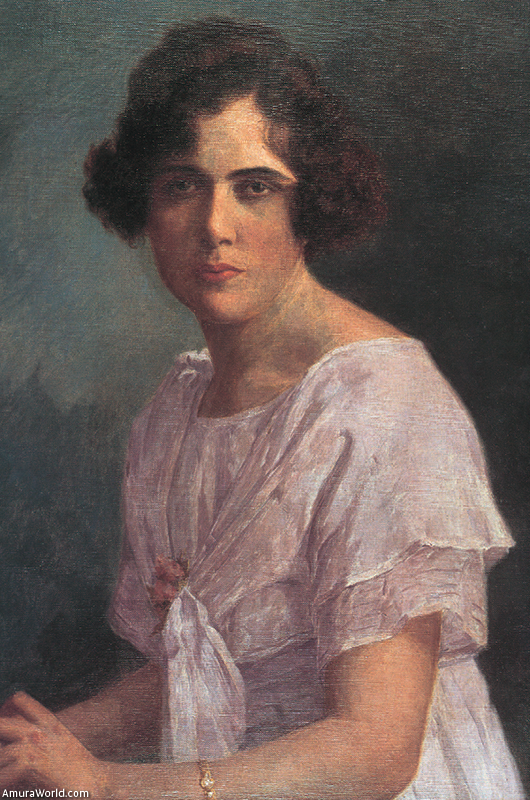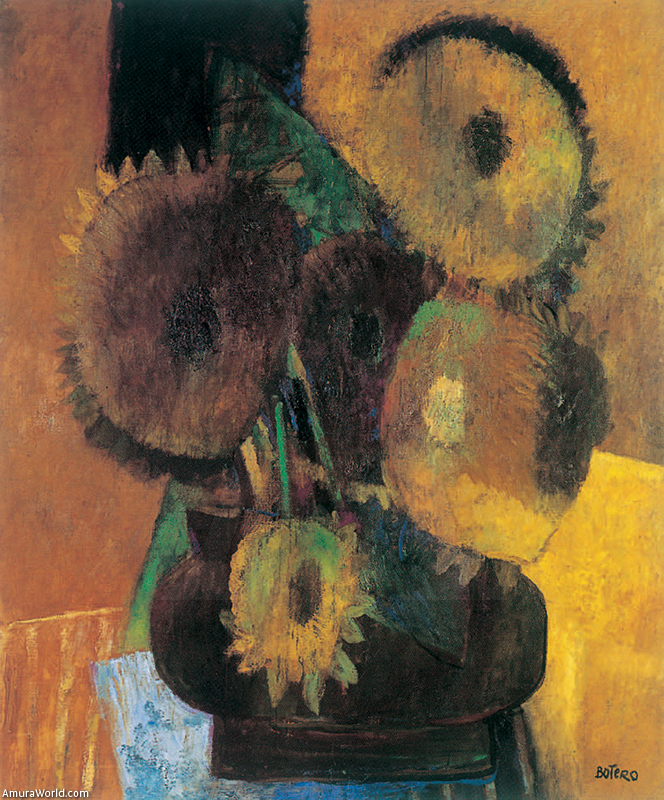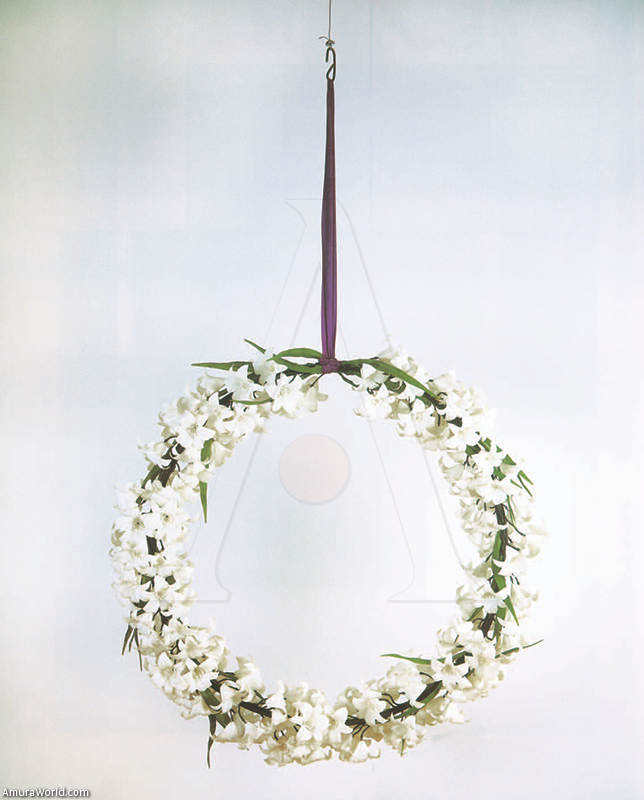Colombia, an Art-filled Experience
Colombia is a country known for its diverse ecology: it has deserts, beaches, plains, mountains, rivers and an important section of the Amazon. This variety generates, for obvious reasons, a wealth of natural and social attractions.
In the last decade, its cities have radically changed their physiognomy and have become increasingly modern as is the case with Medellín, Manizales, Bucaramanga, Cali and Cartagena, now comfortable, attractive tourism destinations. The warmth of their inhabitants is incomparable: they speak clear Spanish and have a unique, sensitive way of treating people.
Bogotá, a progressive city, is where you will get a sense of the continuity of governmental policies as well as the strong will of the people. Just twelve short years ago, traveling through it was a remarkable experience because you could be stuck in traffic for more than three hours without advancing an inch and could feel the violence and insecurity. Today, however, things have changed and you can sense the improvement in the quality of life, ranging from the urban landscape to traffic. It is also safer. Bogotá is a modern city that is facing environmental problems. It has, for instance, implemented a “pico y pala” program which regulates vehicular traffic. On weekends, people can freely use the bike trails especially designed for city residents.
Art is exhibited in the Banco de la República, including the Museo de Oro (Gold Museum), the Botero Museum and the Plastic Arts collection. The Museo de Arte Colonial (Museum of Colonial Art) is also outstanding, transporting viewers back to that era. It is important to note that there are more than 300 museums in the whole country.
The history of Colombian art is a long, dating back to before the arrival of the Spanish. It is one of the countries that continues to produce gold jewelry in, among others, the Calima and Dagua regions, unlike other countries in Latin America, where their precious metals were melted down and transported to the Old World in the form of ingots.
The technique of melting gold has been important since the 10th century A.D., when they began to use the lost wax technique. The pieces were generally dedicated to human and animal figures, and were used for religious purposes.
During the colonial period, as in the rest of the Americas, native traditions were practically eradicated and Indian goldsmiths and artists began to work on “new European art”, influenced by Christian tradition, keeping only a few reminders of the Chibcha.
Temples, paintings and sculptures from the colonial period have been well preserved because, unlike what happened in Mexico, there was no Reform movement and there is, to this day, a close relationship with the clergy. This allowed many of the great collections from that era to remain in their original locations and, generally, they are in reasonably good condition.
The 20th century was a breeding ground of art. Without detracting from its quality and expression, during the first decades artists were influenced by Europe, as is the case of Roberto Pizano, Dionisio Cortés and Ricardo Acevedo Bernal. This century has been one of encounters and clashes that go hand in hand with a search for national values, separations, the discovery of the abstract and, a little while later, of modernity. Today, the artists participate in the new order of cultural globalization.
Some of Colombia’s greatest internationally renowned artists are Omar Rayo (1928), Edgar Negret (1920) and Fernando Botero (1932). Botero is, nowadays, a world-famous artist whose paintings and sculptures sell for hundreds of thousands of dollars.
You can also place your bets on the new generations of Colombian artists who are breaking with tradition but who are, at the same time, finding in painting and sculpture other forms of expressing contemporary subjects. This is the case of Rodrigo Facundo (1958), Doris Salcedo (1958), María Fernanda Cardoso (1963) and Nadín Ospina (1960), among others.
Colombia invites visitors to lose themselves in everything the country has to offer. Those who visit will forever be deeply influenced by its extensive natural, artistic and cultural riches.
Text: Miguel Peraza ± Photo: Arte Colombiano. 3,500 años de historia, Villegas Editores.







